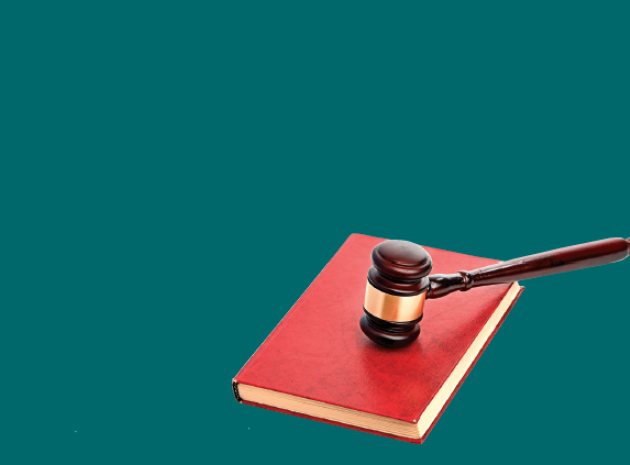We’ve all been there: sat through a meeting that has gone on and on and on, and thought, “if only this had been chaired better I’d be home/down the pub/back in school by now.” I happen to enjoy chairing meetings, as I think it gives me the chance to dig a bit deeper about anything interesting that comes up and move quickly through the things that aren’t. However, I realise that simply being a selfish control freak like me isn’t necessarily the best reason to take the chair, nor is picking and choosing what suits you personally, automatically the best way to go about filling the role.
I am very aware as I write this that people may well have seen one or two of my SLT meetings on ‘Educating Essex’ and noted that the focus looked to be more about consuming Haribo than getting through the agenda. I need to be honest here and state that I know these gatherings could be over quicker if I chaired them more... forcefully. But I do enjoy them, and they are cathartic for all of us I think, being a chance to unwind and offload, as well as get things done. In a busy school the conversations that you have with colleagues are very often snatched opportunities in the middle of doing something else and have to be very outcome focused, leaving very little time to pass the time of day.
That said, I have witnessed at first hand numerous approaches to making meetings shorter and more efficient. One of the most interesting was a ‘stand up’ meeting, which worked very well and was finished in no time. I suspect the efficiency probably had more to do with everyone not wanting to be on their feet for long rather than any particular chairing skills/techniques... but sometimes it really is about ends rather than means. I think there is a place for such meetings, therefore –maybe for before school briefings, which are often functional and always time limited.
Another thing to consider is: why have an agenda if you are not going to use it? I know that we all remember the things that we should have put on the agenda just after it is too late to submit it, but if we keep to ‘if it’s not on we aren’t going to discuss it’ (unless it is a child protection issue of course and then we should throw the agenda out the window anyway) everyone attending will become much more efficient in submitting their points.
A real stone in my shoe is when a conversation that is only
going to impact on two people makes the meeting drag on and on just because they want everyone to know what they are doing. I try to use one or two ‘get out of jail’ phrases for off agenda conversations (remembering to maintain my emotional integrity and to deliver them in a positive and pleasant tone of course), my favourite being, “That discussion seems to involve just the two of you. Let’s take advantage of everyone being together and get back to the topics on the agenda that concern everyone...”
Finally, I know that the following time-saving points seem really obvious, but we are all so busy in schools trying to catch up with whatever educational policy change was released in the press on Sunday (sorry couldn’t resist it), that even a few minutes a week saved can help us all hugely:
• Start on time. By following this guideline everyone will learn that your meetings offer good stuff right from the beginning.
• If someone arrives late, carry on. Do notmake everyone else wait while you bring the newcomer up-to-date. By avoiding backtracking attendees will learn that they want to be on time in order to participate fully.
• When you set the meeting, list how long it will last. This allows everyone to plan the rest of their day. I have found it effective to say, “We’re aiming to get this meeting done in one hour so we’ll have to finish this topic and move on.”
• Ask someone else to take notes so you’re free to keep the meeting moving or –even better in my opinion – only record the action points at the end of each agenda heading.
• Send an agenda of the topics to be covered and who is responsible for the various elements.
• Conclude the meeting by summarising the follow-up items and who is responsible (via the minutes if you’re out of time)
In a nutshell a good ‘chair’ facilitates the efficient flow of the meeting, encourages full, active and appropriate engagement, focus everyone on the job in hand and clarifies the important aspects and any decisions that have been made. As Gordon Ramsay would say, “chairing an efficient meeting – done”











Meeting Needs
For 2014, we’ve asked vic goddard to share his thoughts and advice on some of the nuts and bolts of leadership – starting with how to take the chair...